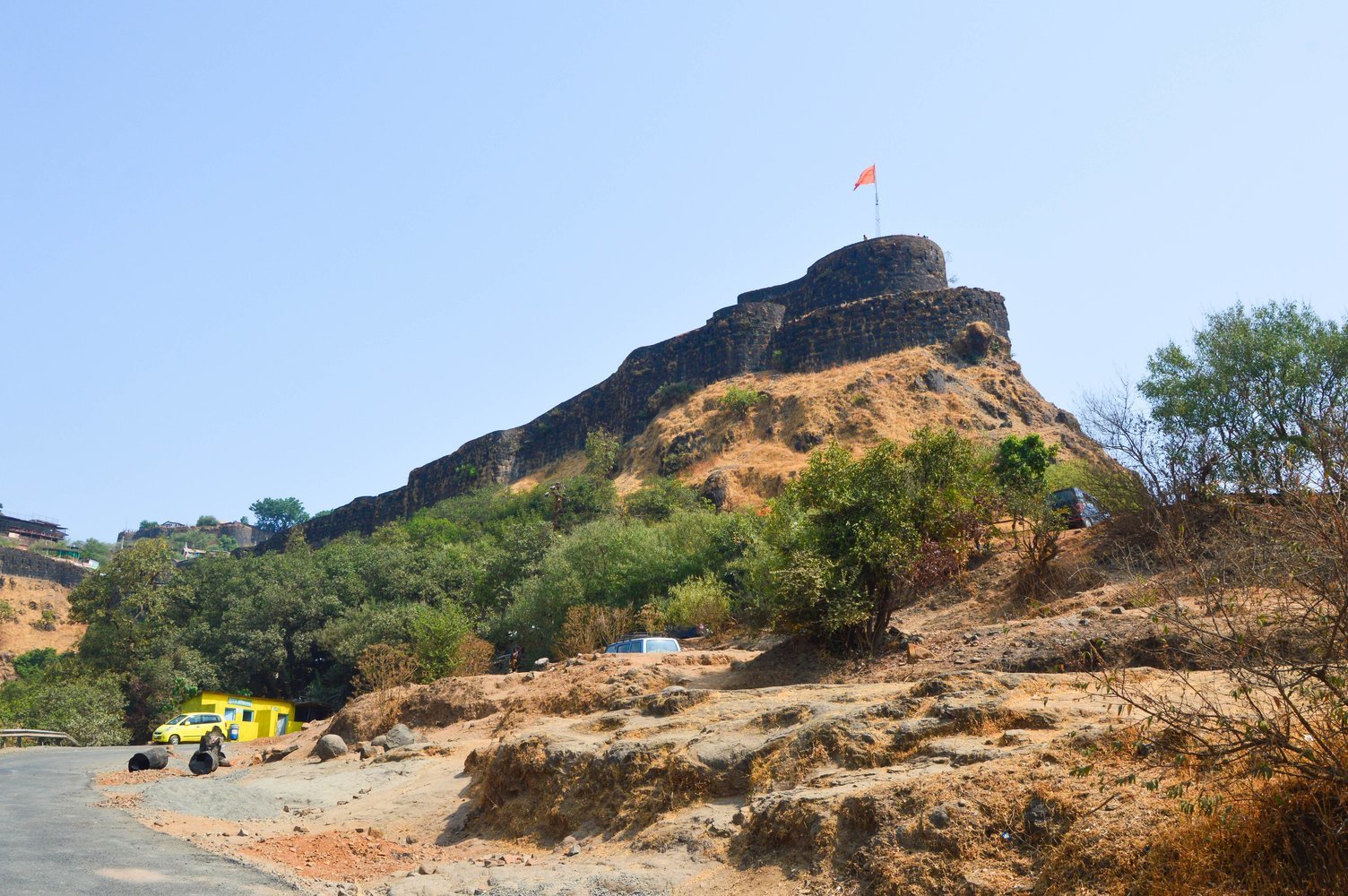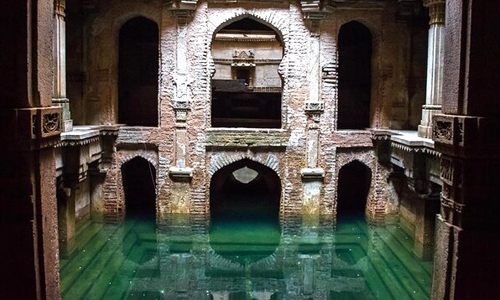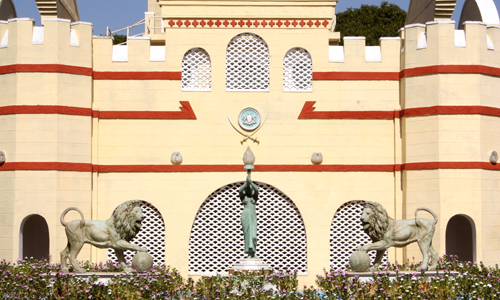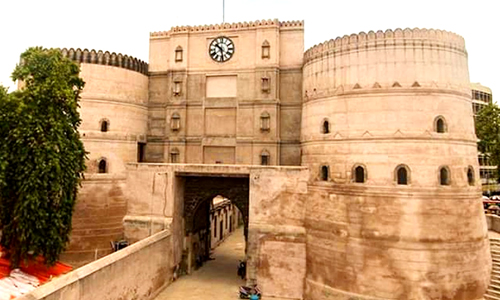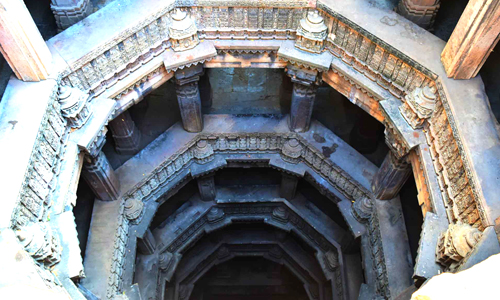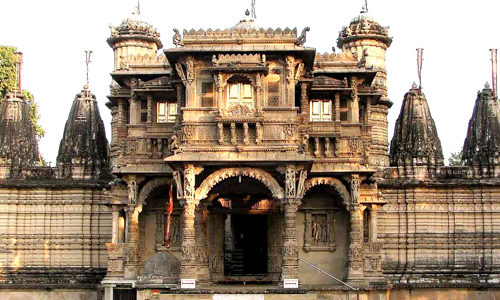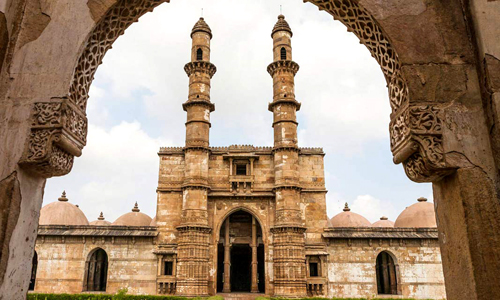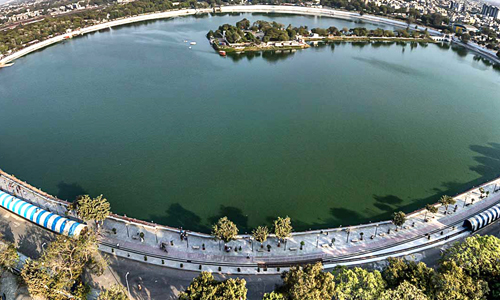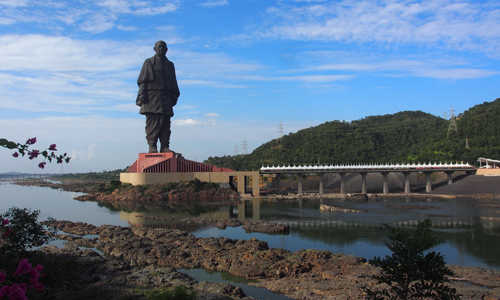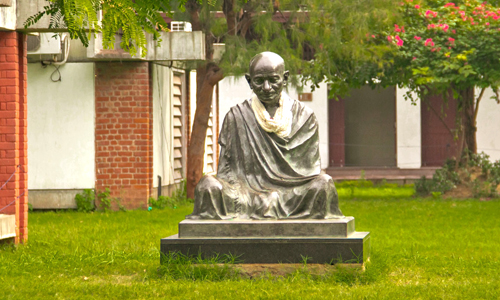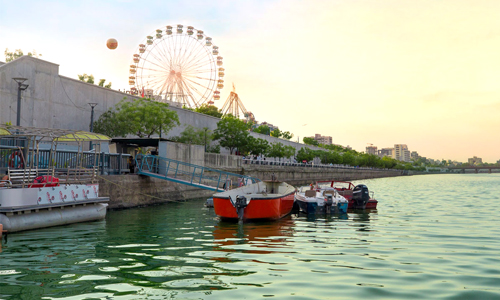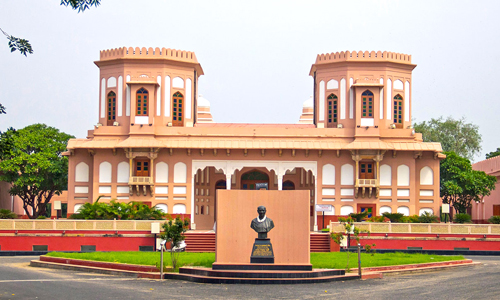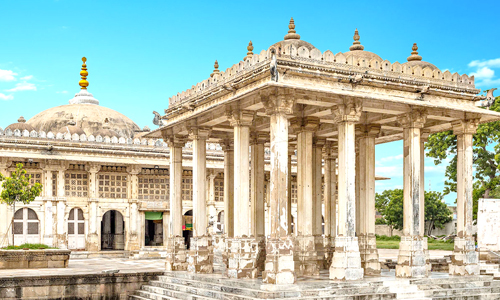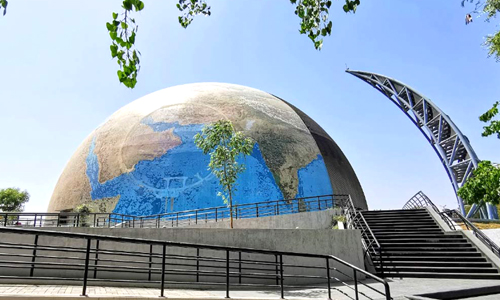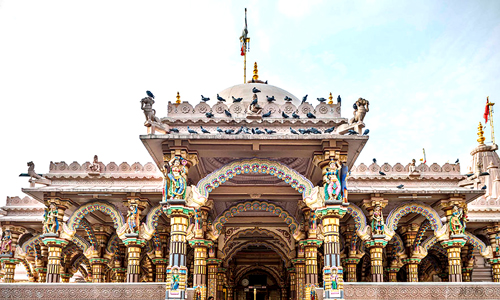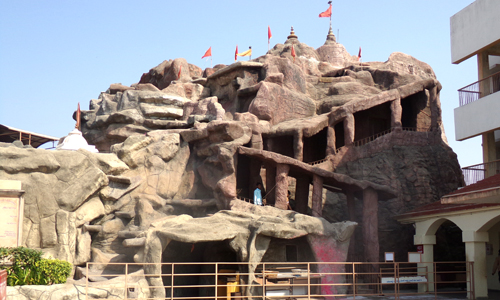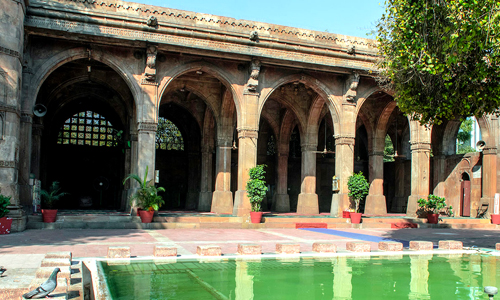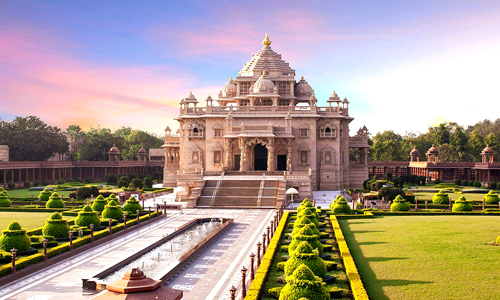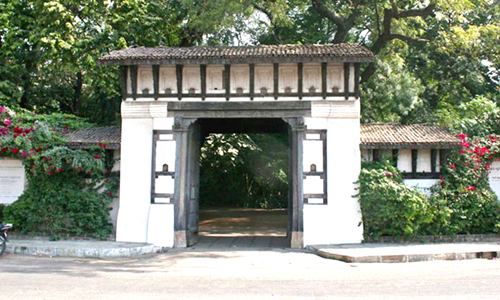One of India's most exquisite mosques, Jama Masjid (Friday Mosque) on Mahatma Gandhi (MG) Road, was constructed in 1423 by Ahmed Shah and is complemented by a vast, tranquil courtyard.
The mosque has Hindu and Jain architectural elements, most notably the lotus-like carving on parts of its domes, reminiscent of numerous Jain temples. One of the most popular places in Ahmedabad is the Adalaj Stepwell, mainly because of its beautiful architecture.
Two hundred sixty columns support the prayer hall's fifteen main domes at varying heights. Two "shaking" minarets formerly stood; however, the great earthquake of 1819 caused them to lose half their size. Their lower sections are in front of the prayer hall's central entrance. The Ahmedabad tour package must include the Jama Masjid.
History
The leading Muslim prayer site, Jama Masjid, was constructed in the fifteenth century during the rule of Ahmed Shah. It was said to be the largest mosque on the Indian subcontinent. The mosque's construction was a component of the city's overall plan.
It is located south of the old city's Teen Darwaza, or processional axis, which originates at Maidan-i Shah and has three arches. There are mausoleums for Ahmed Shah, his son, and his grandson to the west of the mosque. Rani no Hajiro, the dynasty's queens' and wives' tombstones, is a short stroll away.
Who built the Jama Masjid in Ahmedabad?
Sultan Ahmad Shah I was the one who constructed Ahmedabad's Jama Masjid. It is close to Teen Darwaja, another historical landmark. The Jama Masjid features 15 domes and 260 pillars built in 1424 AD.
What is the area of Jama Masjid Ahmedabad?
The mosque is located outside Bhadra Fort and is part of the ancient surrounding city. Divided into distinct sectors or pols, the walled old town is located on Gandhi Road and is home to the Jami Masjid. The mosque is just past the Teen Darwaza or Tripolia Gate on the south side of the road.


